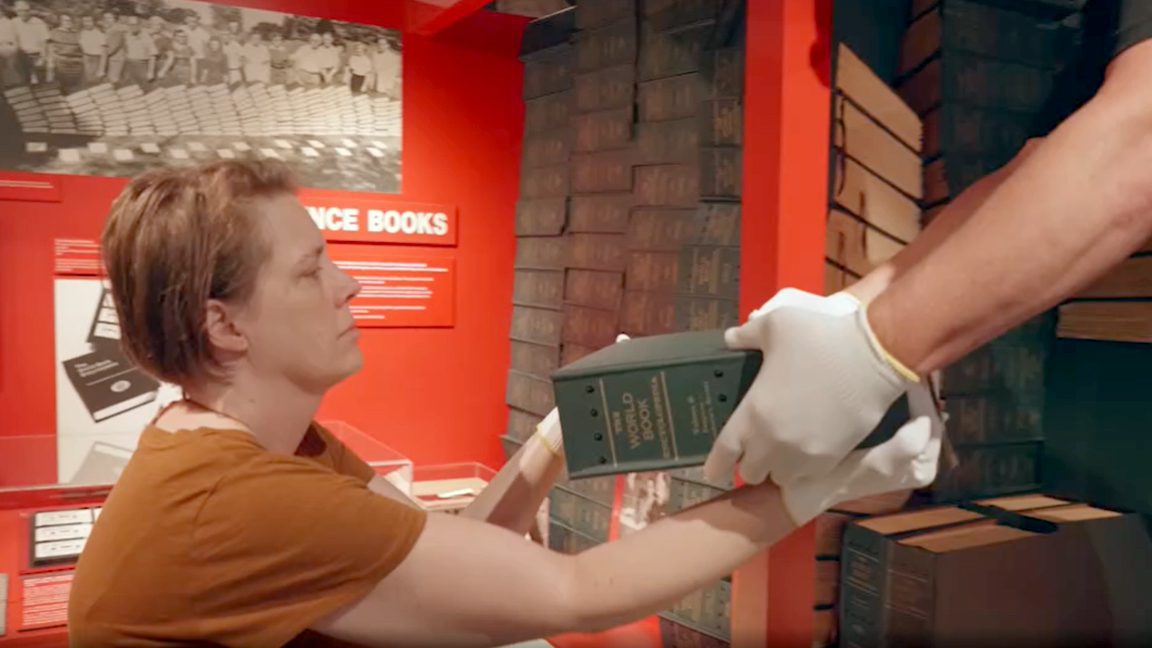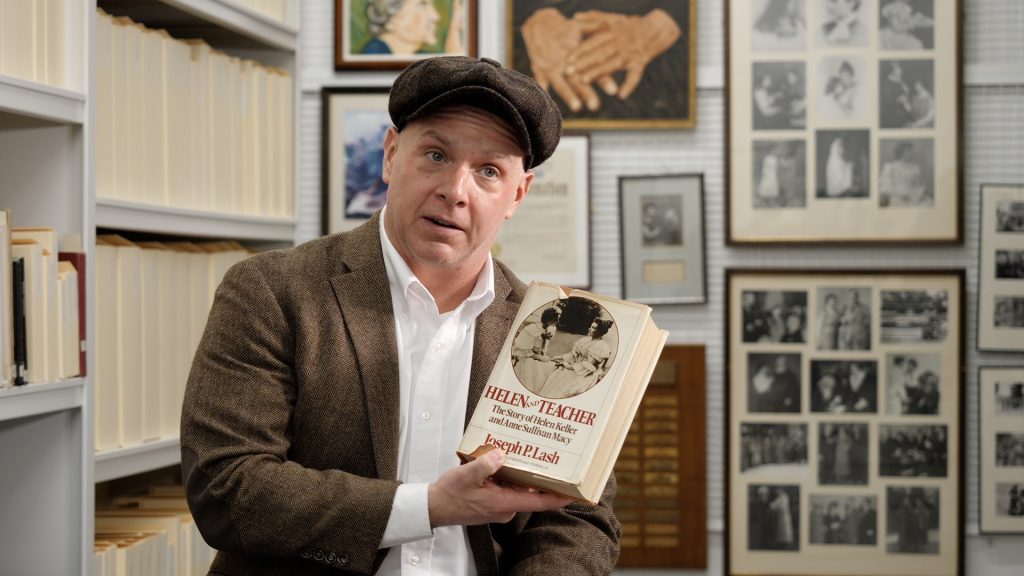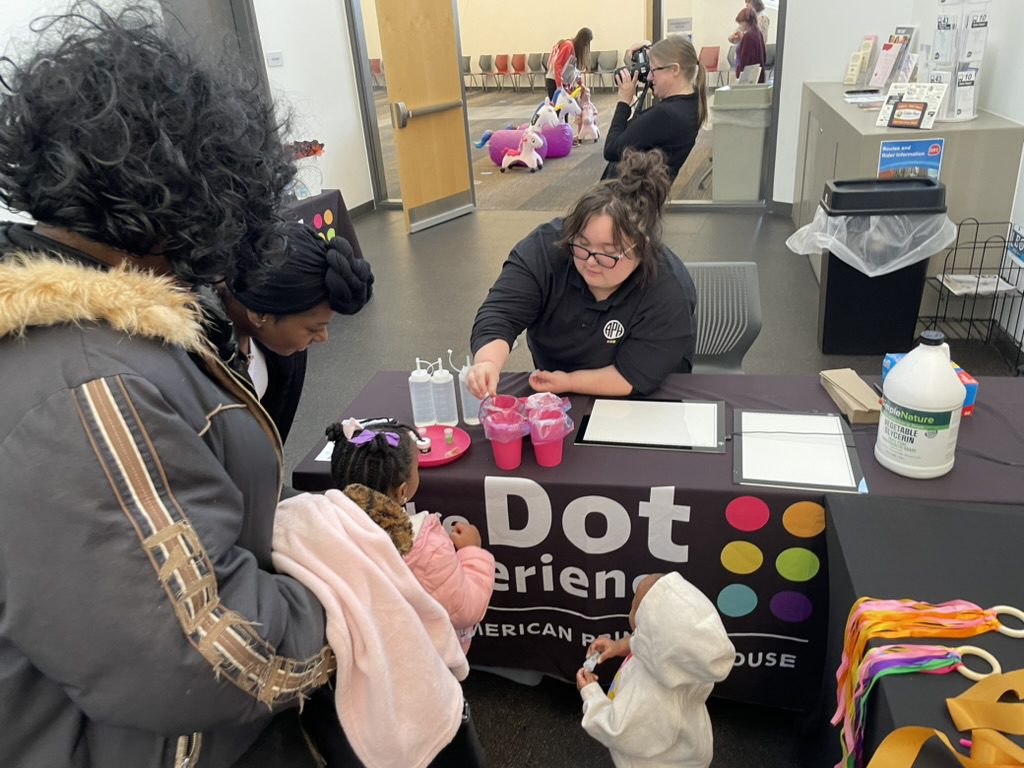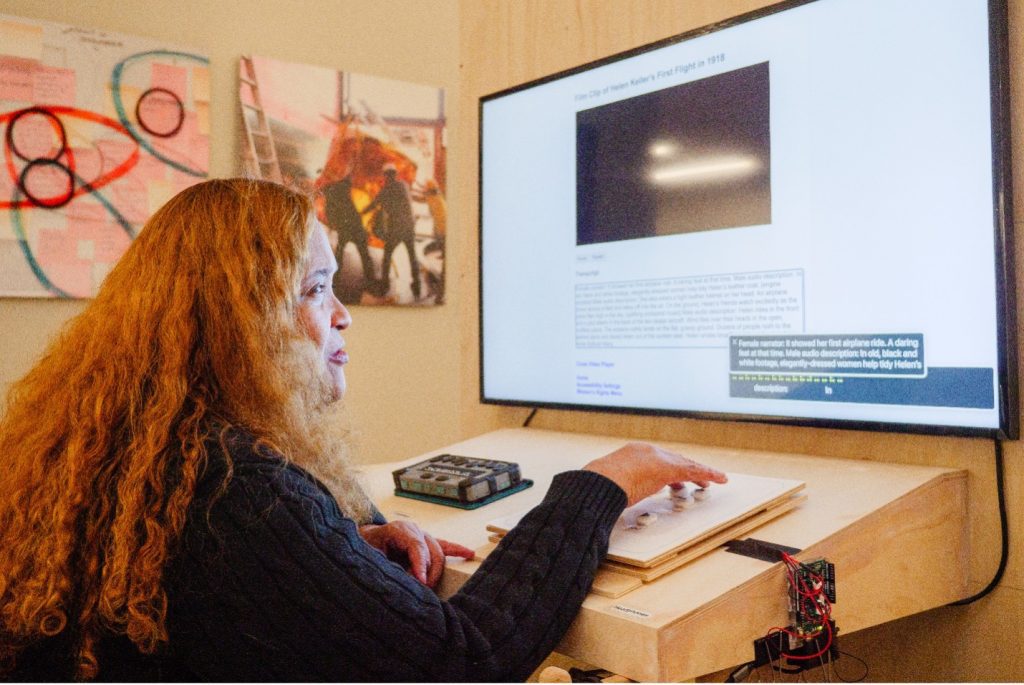Orders placed between March 27 – 31 will not ship until April 1 due to APH warehouse closure for inventory.
CloseInterns and Museums

As the summer winds down I’ve been reflecting on the incredible work our amazing intern Diana Wilder did this summer. I always enjoy working with interns, and graduate students in particular. I like helping students gain some real-world experience in the museum field and provide them with opportunities to learn some of the things they don’t teach you in grad school.
Internships offer a unique opportunity for students to take a deep dive and learn what working in the museum field is really like. It allows students to go beyond the theory they may discuss in class and acquire that all-important hands-on experience. Whether it’s learning how to give guided tours, curate exhibits, catalog collections, or a myriad of other roles museum workers fill, museum internships are a great way for students to get their feet wet. They can try out different roles to see what they like and find interesting, or maybe discover tasks that they don’t enjoy as much—an equally important lesson to learn. Even just working in a museum environment can be enlightening for students to see the wide variety of tasks that exist within museum operations. One thing is for certain— staff in museums are frequently required to wear many hats, so a well-rounded resume can only be an asset.
I’ve supervised and mentored many interns in my career. I especially enjoy assisting students who have an area in mind for the type of museum work they’re curious about or would like to pursue. As much as I can, I try to provide them with opportunities in those specific areas. So much of museum work can only be learned on the job, and that’s where internships can be key.
Diana’s work with us this summer was outstanding, and I can’t emphasize enough just how invaluable her help was to me in particular as we embarked on a once-in-my-lifetime journey of de-installing an entire museum. But I’m a firm believer that internships should be mutually beneficial. Sure, the organization needs to have it benefit them in order to justify the intern’s salary and the staff time to train and manage an intern. But the intern should equally gain knowledge, experience, and contacts in the field to help them further their career.
One unexpected benefit I personally gain from working with interns is the opportunity to see from a fresh perspective the excitement that accompanies museum work. It reminds me of my internship days, lo these many years ago now, when everything was new and it was so thrilling to catalog an artifact for the first time or write an object ID number on an artifact. Working with these up-and-coming museum professionals is a reminder of how fortunate we are to work in this field that is challenging, rewarding, occasionally tedious, but filled with boundless opportunities to learn and go down endless rabbit holes.
I love hearing from my former interns and seeing their success in their chosen careers. I’m so proud to see them end up in jobs they love, and it makes me happy to think that, just maybe, I had a very small role to play in their career path. So to my former interns (you know who you are), thank you for the opportunity to ride along with you on a part of your journey, and for letting me see the museum field from your unique and fresh perspectives.
Share this article.
Related articles

Unveiling a Legacy: The Helen Keller Time Capsule
Around the corner from the heart of braille production and product storage, sits a room tucked against the back wall...

Tiny Explorers, Big Adventures: Fabled Friends Recap
On Saturday, February 22, The Dot Experience Team, along with APH staff and volunteers, joined the fun at the Fabled...

Creating Inclusive Museum Experiences: The Role of Media Integration in The Dot Experience
We recently had the opportunity to talk with Billy Boyd and Annie Schauer from Solid Light to learn more about...
